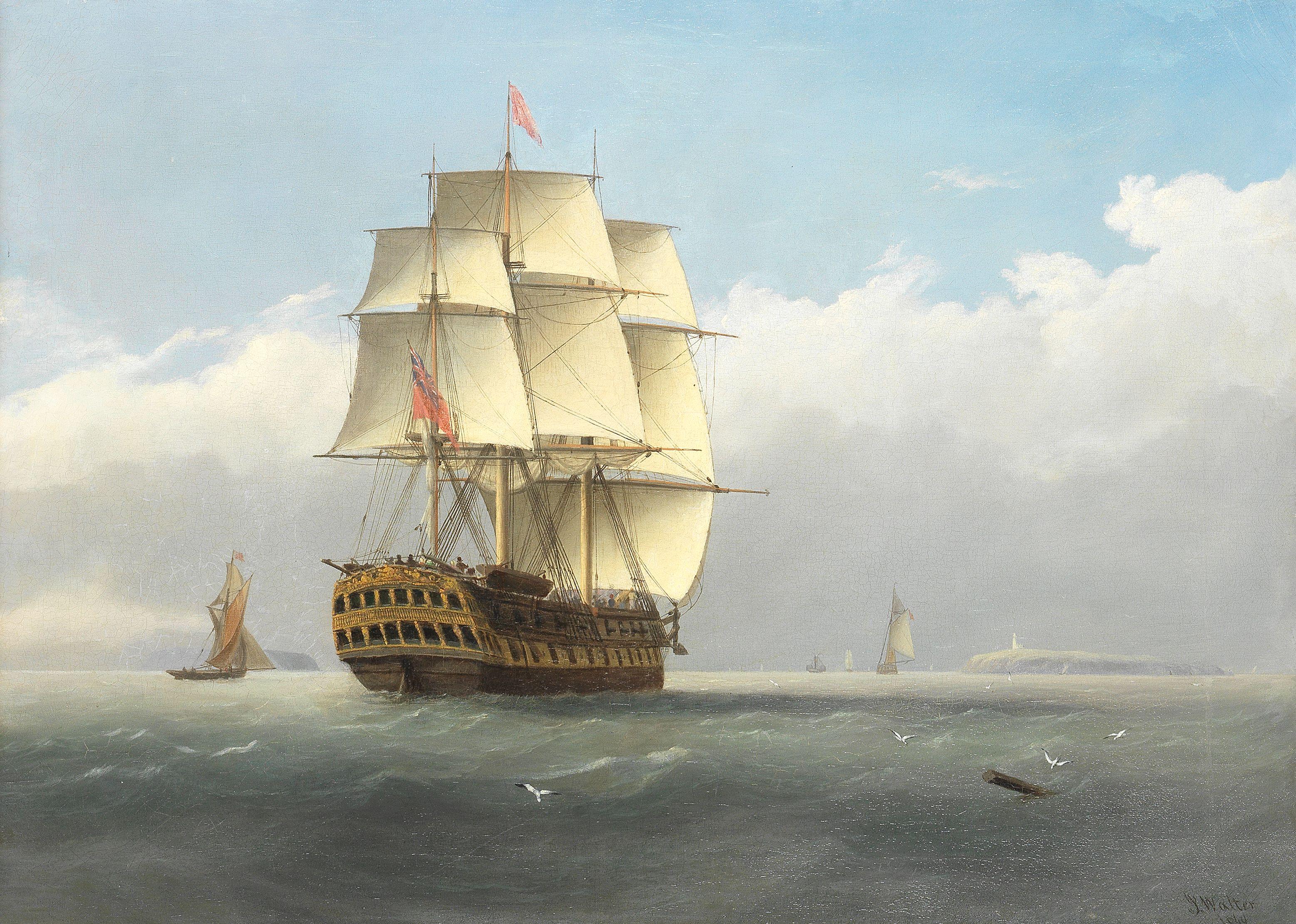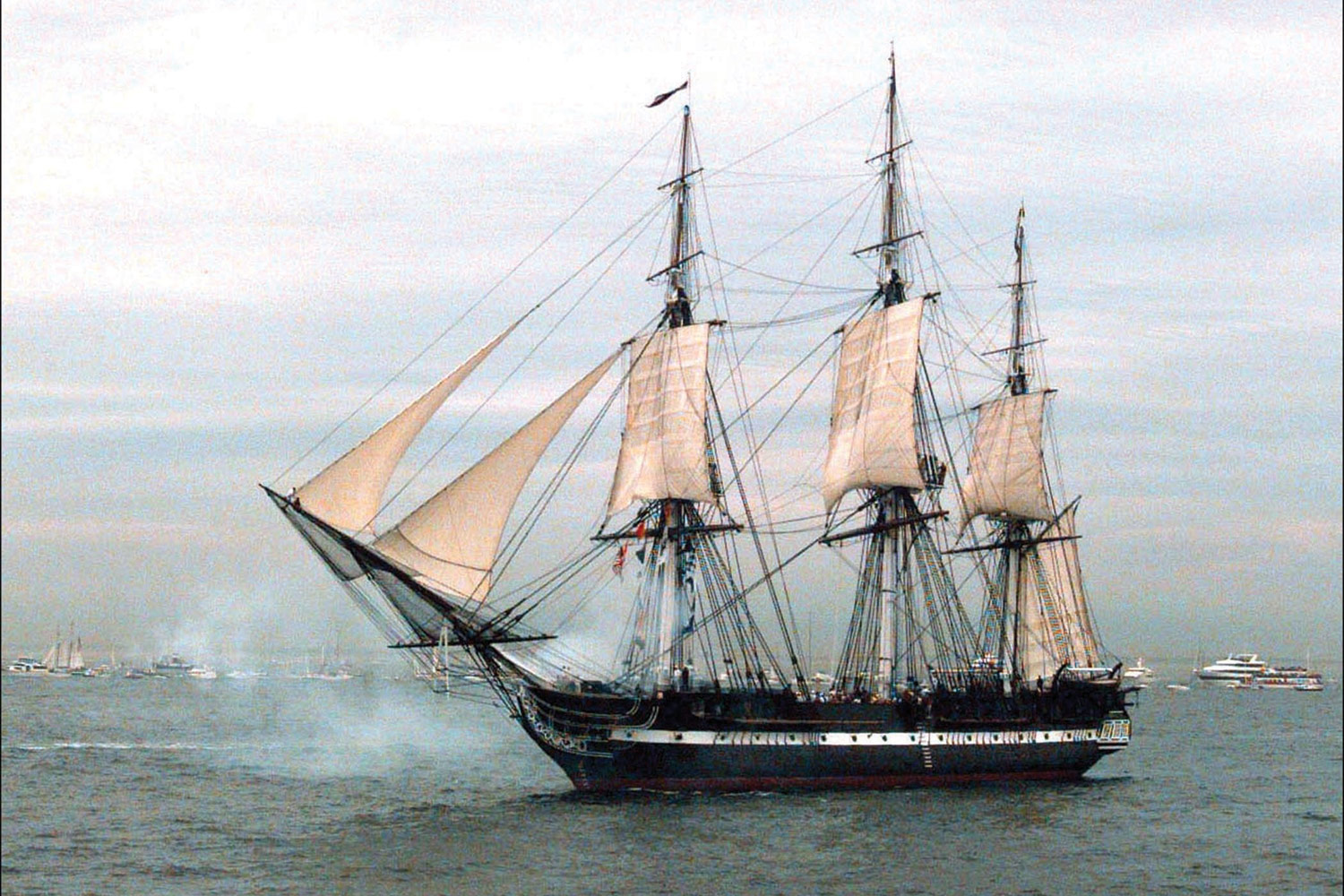
Posted on 09/30/2025 9:00:00 PM PDT by ransomnote
Present!








In as the 1st person, second page
Happy October rn. Thanks for your dedication to our sanity island.
IN.
It probably wasn’t in the best of taste anyway
lets see if I can post this twice...
Count me in for Red October!!!!
Thanks for all you do RN, you are the best.
You are the G.O.A.T.
LOL, I needed that.
Thanks.
Know your Nautical Terminology
Our ongoing study of the development of sailing from the Viking longboat to the Clipper ships is nearing the end. As covered last month, Galleons were the first ships truly designed and built for long blue-water transits. They were slow, 2-5 kts, and stable with a typical length to beam ratio of around 3:1. Beginning in the late 17th century they began the final series of gradual transitions to what would become clipper ships.
The large fore and stern castles shrank to insignificance and the length to beam ratio lengthened to 4:1 and then to 5:1. This alone significantly increased the speed. There were two other innovations that improved ship speed and durability.
The first was a sharpened bow that replaced the bluff, almost flat bows. The second was the adoption of copper sheathing that inhibited hull fowling with sea weed and prevented the Toredo worm from burrowing into and destroying the ship's hull. Now ships could regularly make 8 kts and with the right wind 15-16 kts.
The three ships that epitomized this transition were:
East Indiaman
Any ship operating under charter or license to the East India Company (England), or to the Danish East India Company, French East India Company, Dutch East India Company, Portuguese East India Company, or Swedish East India Company from the 17th to the 19th centuries.
A departing British East Indiaman in the Bristol channel. 
frigate
1. In the 17th century, any warship built for speed and maneuverability.
2. In the 18th and early 19th centuries, a sailing warship with a single continuous gun deck, typically used for patrolling, blockading, etc., but not in line of battle.
USS Constitution 
ship-of-the-line
A type of sailing warship constructed from the 1600s through the mid-1800s to serve as part of the line of battle; one of the largest and most powerful warships of the era.
HMS Victory 
SpyNavy
Garde la Foi, mes amis! Nous nous sommes les sauveurs de la République! Maintenant et Toujours!
(Keep the Faith, my friends! We are the saviors of the Republic! Now and Forever!)
LonePalm, le Républicain du verre cassé (The Broken Glass Republican)
Love these threads
In for Red October!
Thanks MQD!
Here. Thanks for the new thread.
.
Disclaimer: Opinions posted on Free Republic are those of the individual posters and do not necessarily represent the opinion of Free Republic or its management. All materials posted herein are protected by copyright law and the exemption for fair use of copyrighted works.